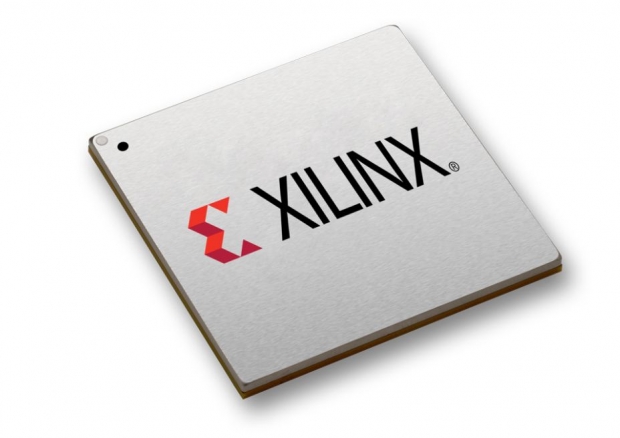In the stock trading business, the faster you get stocks, gives you a chance to make higher profits or to limit the loss on the given stock. Milliseconds here matter.
In 2017, electronic trading systems measured the network delay or latency between receiving a trade signal and processing the buy or sell order, also known as tick-to-trade time, often at just over a microsecond.
These trading systems typically used ASIC-based Network Interface Cards (NICs) that support bypassing the operating system for trading application traffic and are built using off-the-shelf computer components.
Earlier in the decade, Solarflare (now part of Xilinx) filed several patents around a new method to reduce network latency, and these changes led to substantial improvements. SmartNIC has an advantage that it doesn’t have to talk to the CPU and interrupt for some tasks, saving a previous time and releasing the CPU from unnecessary tasks.
Several years ago, the Securities Technology Analysis Center (STAC), an organization that provides technology research and testing tools based on community-sourced standards, developed the new STAC-T0™ benchmark. The STAC-T0 benchmark is modeled after fast trading markets like futures and equities. It is the absolute measure of how fast a trading platform can respond to a signal from the market over Ethernet, before accounting for the time taken by the trading logic.
Xilinx recently teamed up with LDA Technologies on a mission to set a new STAC-T0 benchmark record. On May 21, 2020, STAC validated our STAC-T0 performance at a world record 24.2 nanoseconds. For some perspective, 24.2 nanoseconds is equivalent to the time it takes a single photon of light to pass two parked cars.
“25 nanosecond data in, data out latency for the Xilinx and LDA electronic trading platform allows our ultra-low latency Raptor FPGA pre-trade risk management solution to reach previously unheard-of latencies. William Dallyn, Raptor, a product of Fusion Systems."
When building a world-class trading system, you have to start with a substantial computational foundation, and in this case, its Lenovo’s newly announced SR665 dual-socket server with a pair of AMD® EPYC 7742 Scalable (Rome) processors. It offers unmatched I/O performance via 64 cores and 128 computational threads, clocked at up to 3.4 GHz, and you have a serious system for trading. It uses a Xilinx Onload®-enabled network adapter to connect with the exchange and set up the necessary TCP sessions.




